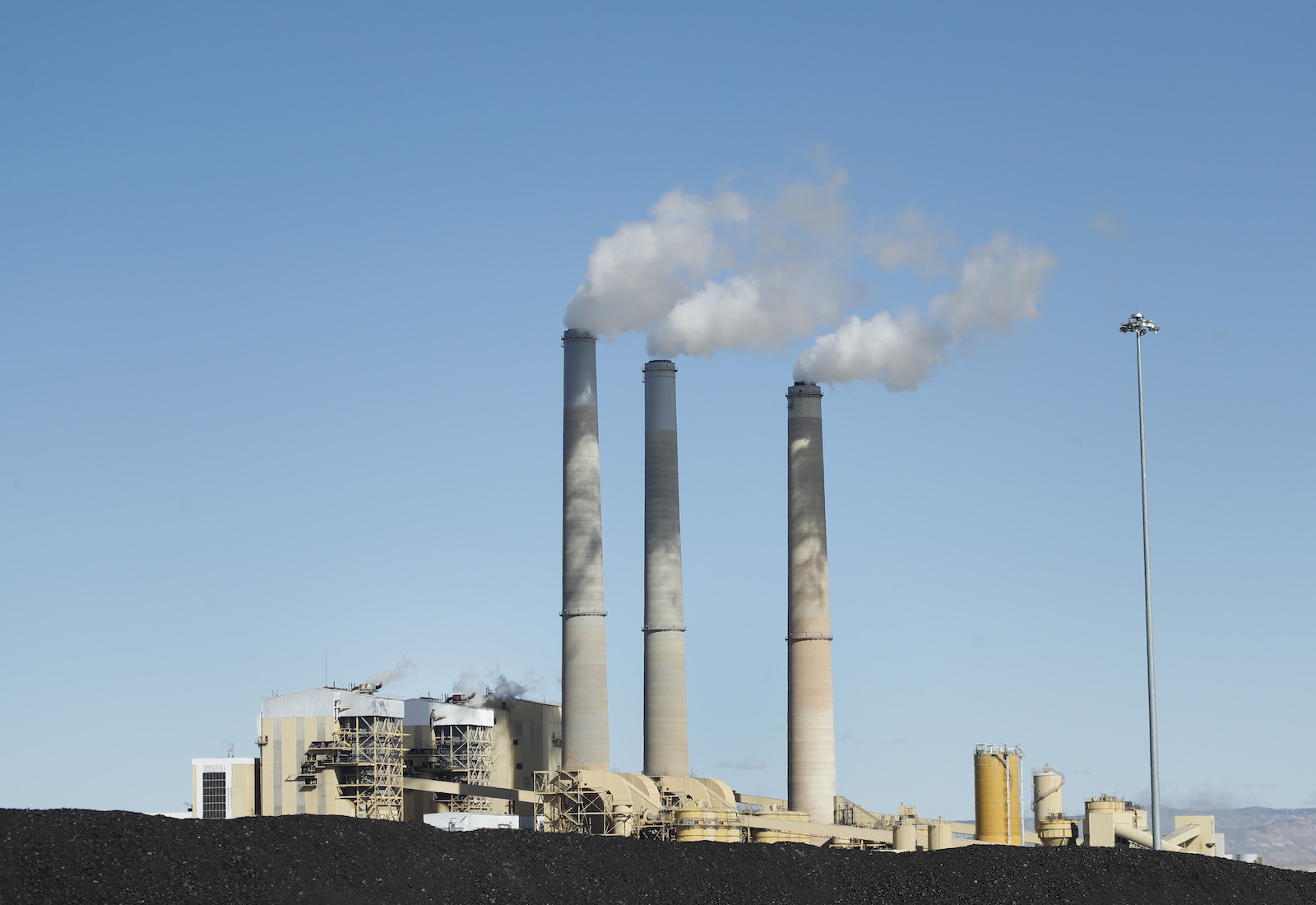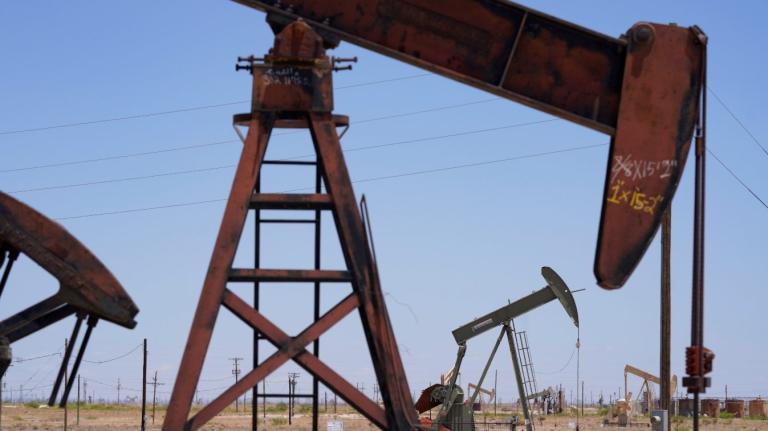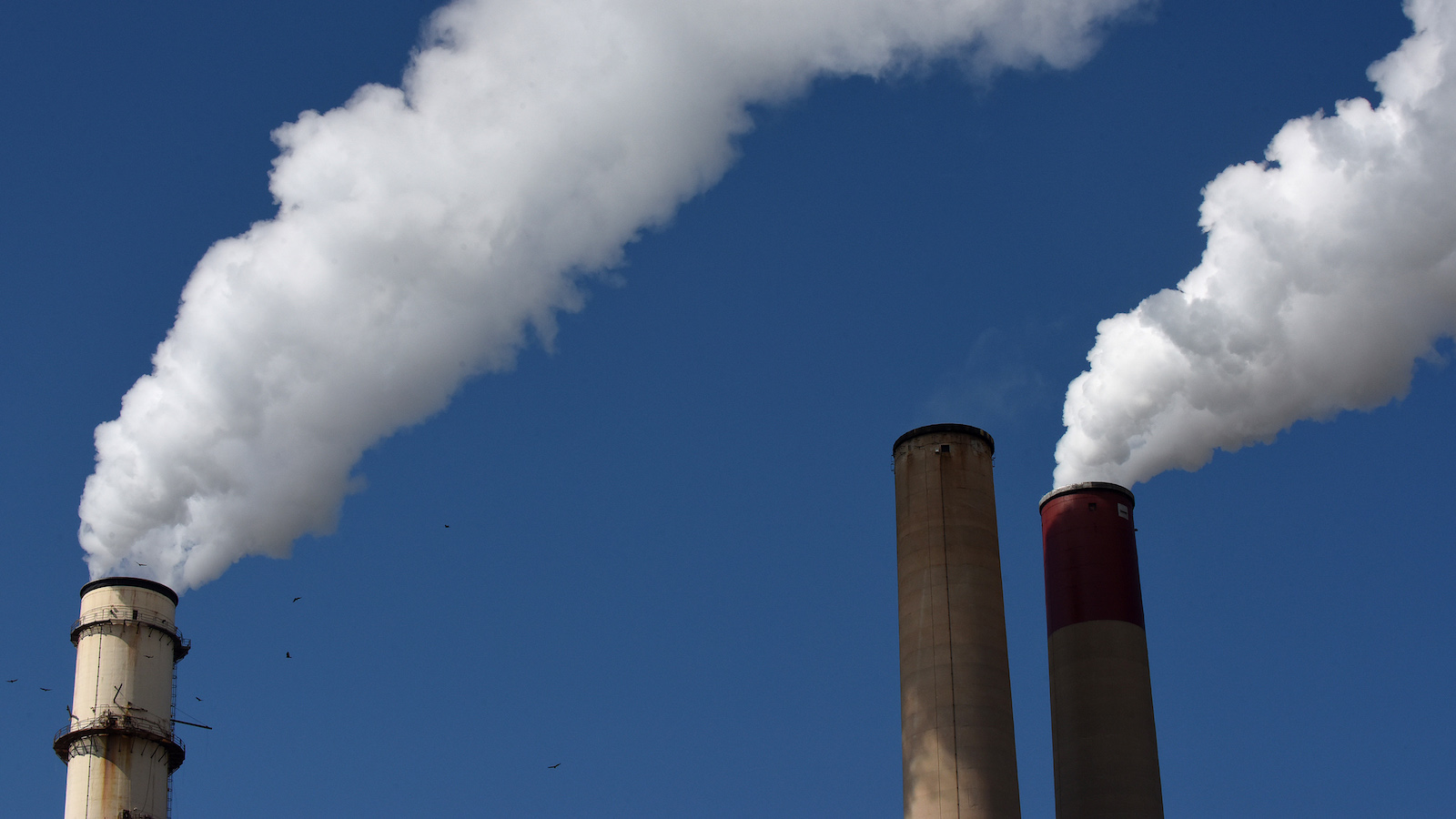For years, fossil fuel companies and utilities have touted carbon capture and storage, or CCS, as a way to cut climate pollution from the power sector. Now, federal regulators are asking them to walk the walk.
The U.S. Environmental Protection Agency, or EPA, on Thursday proposed a new rule to nearly eliminate climate pollution from the nation’s coal- and natural gas-fired power plants by 2040. In contrast to previously proposed regulations that required “generation-shifting” — forcing utility companies to replace their fossil fuel-fired power generators with renewables, a strategy that the Supreme Court shot down last summer — the new proposal focuses on what’s achievable using technologies like carbon capture and storage, or CCS.
At least, they focus on what’s theoretically achievable based on optimistic projections from CCS’s proponents. Although the EPA says CCS technology is “adequately demonstrated” and “highly cost-effective,” experts are deeply skeptical that it can deliver on its promised emissions reductions. In the end, some told Grist that fossil fuel power plants could find it more economical to shut down and switch to renewable energy.
“The EPA is calling the bluff on the power industry,” said Charles Harvey, a professor of civil and environmental engineering at the Massachusetts Institute of Technology. “There have been so many arguments that they’ve made in favor of CCS as a mature technology. … Now the EPA is saying ‘OK, you have to do it,’ and I don’t think they really can.”
To be clear, EPA’s proposed standards don’t mandate a specific emissions reduction strategy, since that was deemed beyond the EPA’s authority by the Supreme Court. Instead, the agency put forward overall pollution caps, with different limits depending on the fuel facilities use (e.g., coal or natural gas), how frequently they run, and how long they plan to remain in operation. Starting in 2030, the rule would require almost all fossil fuel power plants to begin driving down their emissions, with the most stringent requirements for coal-fired power plants and the most frequently used natural gas plants.
According to the EPA, its proposed rules would cut 617 million metric tons of CO2 emissions through 2042 — an amount equal to about 40 percent of the power sector’s emissions in 2022. The agency highlights two technology-based “pathways” that power plants could choose: one based on CCS, which uses chemical reactions to strip carbon out of the emissions that come out of a facility’s smokestacks, and the other involving hydrogen, which can be blended with natural gas to reduce greenhouse gas emissions.
Industry groups have promised much from CCS, saying that it can — or will — be capable of capturing 90 percent of a power plant’s greenhouse gas emissions, and the EPA’s 680-page proposed rulemaking seems to take those promises at face value. The document cites a long history of research into the technology, as well as declining costs for its deployment, thanks to unprecedented funding for CCS included in the Biden administration’s 2022 climate spending law.
But despite this long history, CCS doesn’t have a strong track record of actually sequestering carbon — especially for the power sector, where 90 percent of proposed carbon capture capacity has failed or never gotten off the ground. In the 2010s, the Department of Energy supported five demonstration projects with some $2 billion in funding, but only one ever became operational. That project, attached to a coal-burning power plant near Houston, Texas, called Petra Nova, closed in 2020, leaving just one commercial power plant in the entire world still using carbon capture: the Boundary Dam coal plant in Saskatchewan, Canada.

The EPA highlights Boundary Dam in its proposed rulemaking but does not note that the facility only captures about half of its CO2 emissions, far short of its targeted 90 percent.
“It’s not feasible to decarbonize using carbon capture and storage,” said Bruce Robertson, an energy finance analyst for the nonprofit Institute for Energy Economics and Financial Analysis. “A far more effective way is to produce renewable electricity,” the cost of which has fallen precipitously in recent years. One paper published in 2021 found that cost reductions in wind and solar reduced the value of CCS by up to 96 percent.
Even utilities that were once bullish on CCS have in recent months seemed to reverse course, suggesting that the EPA’s technology-based standards might not be so easy to meet with CCS after all. As reported by Time, some three dozen utility companies submitted a comment to the EPA last summer highlighting the “low likelihood” that CCS would be appropriate for use in the agency’s power plant regulations. They criticized the EPA for pointing to pilot projects as evidence of CCS’s viability. “A proposed or developing project … is not proof of a technology being available,” the utilities wrote.
It’s hard to say what kind of political considerations ultimately shaped the agency’s new proposal. Whether the EPA believes in CCS or is deliberately using it as a “cudgel” against power plant operators — potentially a backdoor approach to encourage a switch to renewable energy without technically mandating it — is unclear. The EPA did not directly respond to Grist’s request for comment on generation-shifting and instead said it had considered “a range of technologies” in developing its proposed carbon pollution standards.
Still, many environmental advocates are not a fan of the EPA’s approach, regardless if there’s a broader strategy behind it. Even if power plants could capture 90 percent of their carbon pollution, experts say there’s no guarantee that the carbon would then be stored in perpetuity. Only about one-fourth of all the carbon dioxide captured annually — mostly from processing raw gas into liquefied natural gas — is injected into dedicated underground storage reservoirs, and Harvey, the MIT professor, said it’s “an unresolved issue” whether it will stay put long-term. Almost all of the rest of the world’s captured carbon is used for “enhanced oil recovery,” a process where CO2 is pumped into oil fields in order to push more fossil fuels out of the ground. When burned, these fossil fuels release carbon back into the atmosphere, exacerbating global warming.
“This is just perpetuating the use and reliance on fossil fuels,” Abbe Ramanan, a project director for the nonprofit Clean Energy Group, told Grist. Ramping up carbon storage, she added, would require developing a vast, expensive, and potentially dangerous network of CO2 pipelines. And CCS fails to address other pollutants like nitrogen oxides, which could continue to come out of power plants and harm nearby communities.
Jason Rylander, legal director for the nonprofit Center for Biological Diversity’s Climate Law Institute, said the EPA’s proposed regulations are likely to “pass muster” with the Supreme Court, but yearns for a more aggressive approach. “EPA has done what it can with this program, but it has failed to do what it must to address the climate emergency,” he said. Instead of endorsing CCS, he urged the Biden administration to declare carbon dioxide, methane, and other greenhouse gases “criteria pollutants,” which would require the EPA to declare national ambient air quality standards, or NAAQS, for them.
“If this administration wants to get serious about climate,” Rylander said, “it will stop approving new polluting projects and it will do a comprehensive pollution rule under NAAQS.”




